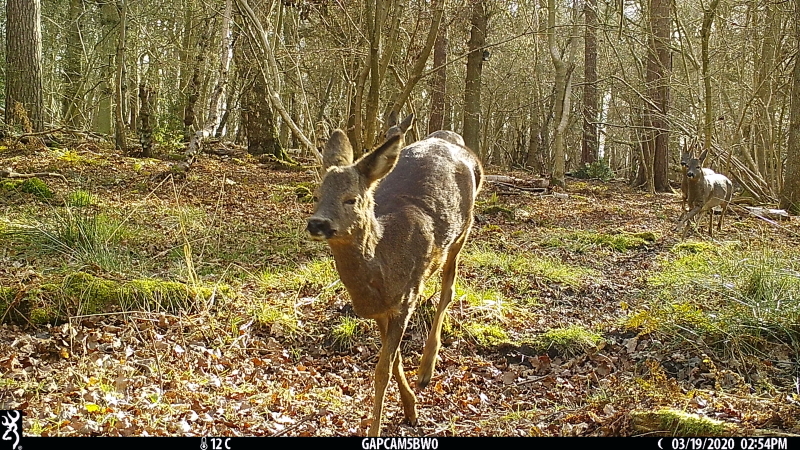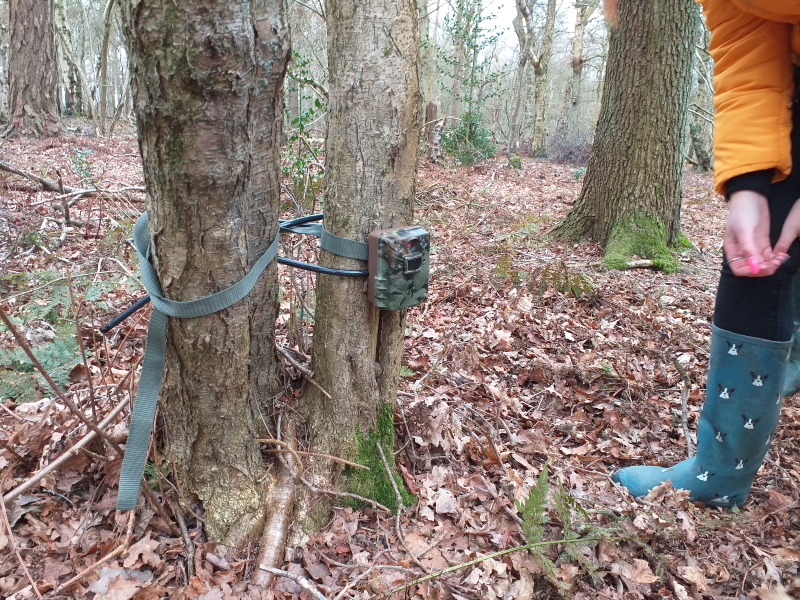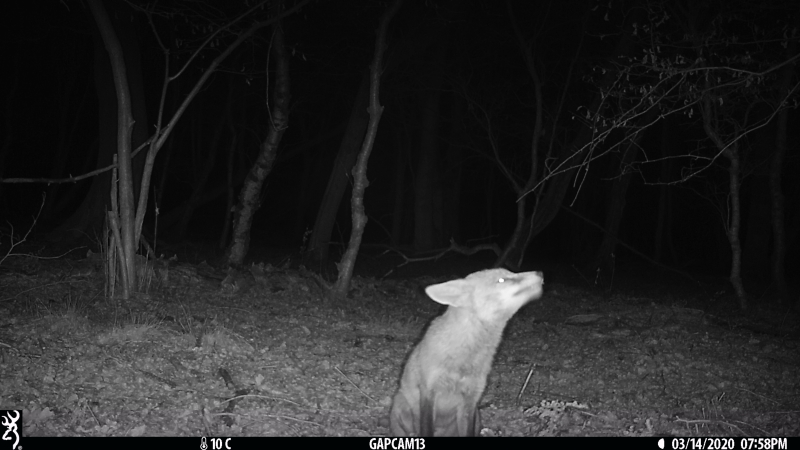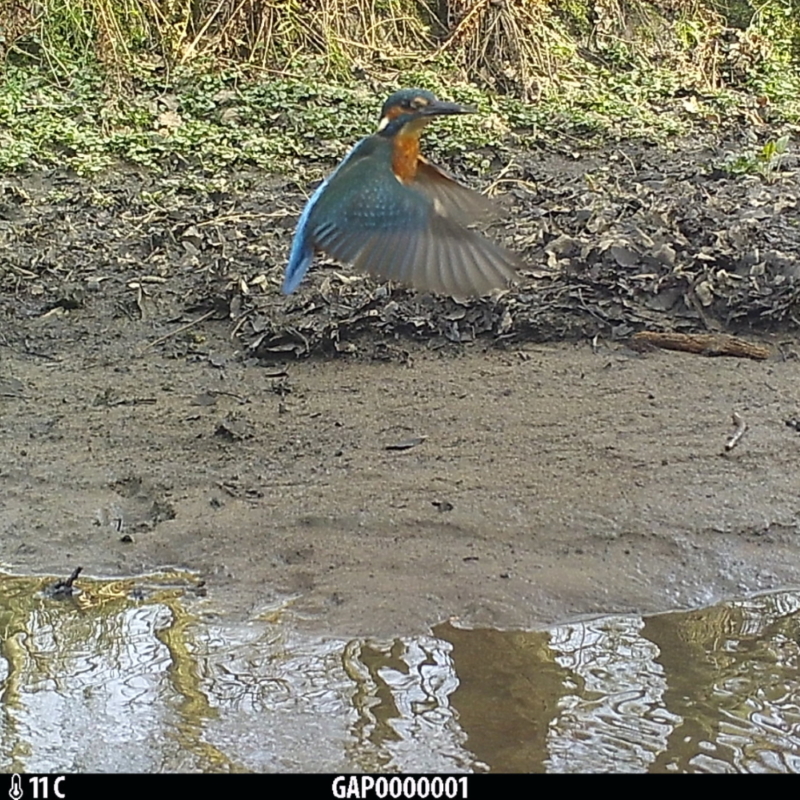Kathryn McLaughlin shares the impact of her grant on students with special educational needs and disabilities (SEND).

Durham County Council’s Education Health Needs Team provides education for pupils who are unable to attend school because of physical and mental health issues. Most of my work involves teaching mathematics and science to young people who have long-term anxiety and depression. I firmly believe that every pupil should have access to the educational opportunities available to all children, and it was in this spirit that I applied for a Royal Society Partnership Grant in 2019.
Initially, I could not imagine that we would be successful; I was concerned that we might not be able to demonstrate that we satisfied every criteria and we are not a standard secondary school – we have pupils who are on roll at many schools across County Durham. I also felt that there would be such huge competition that we might lose out to more straightforward applicants, although this turned out not to be the case.
Our STEM partner, Sammy Mason from Durham University Department of Biosciences, is adept at writing bids for funding and was a fundamental help. The Schools Engagement team is also incredibly supportive and easily contactable so any questions about applications are readily answered and advice is given freely on how to apply. The support that the Royal Society gives is not merely financial but also all-round encouragement to make your project happen; applying for and being awarded a Partnership Grant is a truly collaborative procedure.
Our project was ‘What species do we share our neighbourhood with?’ Having successfully received £2,965 of funding (which was the full amount that we had requested), it was used to buy ready-made camera traps together with a Raspberry Pi kit. The aim of our project was to use those cameras to discover the range of species in our differing neighbourhoods. The beautiful county of Durham has vastly diverse habitats and so we chose to investigate urban, coastal and woodland areas.

Whilst the project is temporarily on hold due to Covid-19 restrictions, so far we have collected and analysed data, as well as enjoying nature and the outdoors. The photos included in this piece show some of the amazing wildlife that we captured. The link between well-being and physical activity outdoors is well established and comments from our pupils support this; one pupil wrote ‘This project has given us a unique experience we wouldn’t have had the opportunity to get, as well as gaining new knowledge and skills. From a mental health perspective, it was beneficial to get outdoors and into nature, as well as giving us a very peaceful, strangely therapeutic, job of sorting through all of the images during lockdown.’ ‘My favourite part [of the outdoor aspect of the project] was when we found a skull and I was able to identify that it had belonged to a fox. It was very interesting because it’s not a common occurrence and was proof foxes were living in this area.’

I have no doubt that our Partnership Grant project has instilled confidence in our pupils to effectively communicate the process and outcomes of their scientific investigation. The project has encouraged our pupils who have social, emotional and mental health issues to look outside of their immediate concerns and to immerse themselves in the wider world of science and nature, to be ambitious for the future and to consider a career in science. Some of last year’s leavers have opted to study animal management and care at college.
The Royal Society is the oldest scientific institution in the world, and it is an enormous privilege to have worked with such an esteemed organisation. Everybody we have worked with at the Royal Society is committed to inclusivity and firmly of the belief that science is for everyone; the Royal Society is steeped in history and prestige, and yet absolutely open to all and I would encourage any teacher to grasp this fantastic opportunity and apply for a Partnership Grant in order to tackle a project which will have the potential to encourage and inspire the young people they work with.

The images shown in this blog were all captured by camera traps, as part of the Partnership Grant project.



